Kabuki Theater - Enjoy This Japanese Performing Art To The Fullest

Kabukiza in Ginza is the best theater to enjoy Kabuki, one of the classical Japanese performing arts. This article introduces all you need to know about the theater, how to buy tickets and how to enjoy the performance.
Kabuki Theater - A Traditional Art that Can Be Enjoyed Casually
Of all the traditional performing arts in Japan, Kabuki may be the most casual to watch. Tokyo offers some of the best Kabuki performances in Japan. How about enjoying a performance today?
This article is a beginner's guide to Kabuki theater. It is filled with tips regarding tickets, how to enjoy the performance and things to watch out for.
Click on the Topic of Your Interest
1. Kabukiza - Enjoy Kabuki Whenever You Want
2. Program - The Matinee and Evening Show
3. Ticket Types
- Single Act Tickets
- The Advance Tickets
4. Inside the Kabukiza - Souvenirs and Snacks
5. How to Enjoy Kabuki
- English Guides
- Famous Kabuki Actors
6. Manners
7. Access
1. Kabukiza - Enjoy Kabuki Whenever You Want
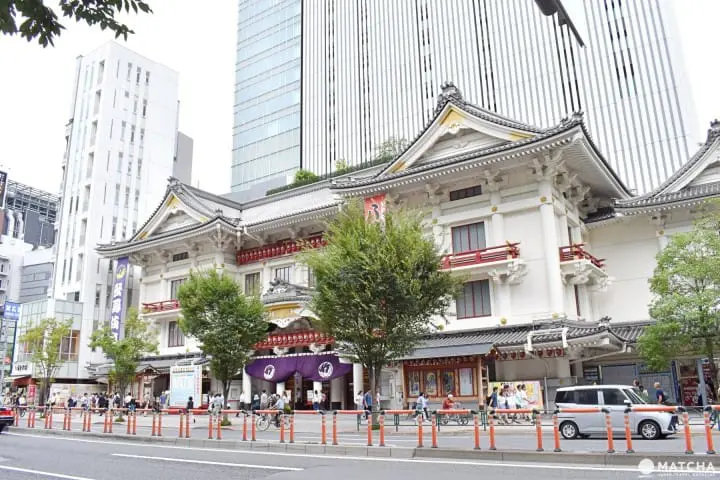
This is Kabukiza, a kabuki theater venue located in Ginza, Tokyo. As the name suggests, it is a special theater only for Kabuki. It houses 1,808 seats over four floors. Kabukiza is the most prestigious, and at the same time the most casual Kabuki theater in Japan.
Although there are Kabuki theaters in Osaka, Nagoya, Kyoto, and Fukuoka, Kabukiza is the only theater that hosts performances almost daily. There are about twenty-five performances monthly, with the numbers slightly varying each month.
2. Program - The Matinee and Evening Show
Usually, there are two kabuki programs in a day, the matinee and the evening show. Sometimes, they even have three part programs. Each show will take about four hours. The matinee show starts at 11:00 and ends around 15:00. The evening show starts at 16:30 and ends around 20:30. The length of each performance may vary depending on the play. You might be surprised about the long hours, but there are intermissions between the acts, ranging from fifteen to thirty minutes.
Every show may consist of one act or of several acts from a play. In the latter case, different performances such as dance, comedy and classical acts are chosen to fit into one program. This way the audience will be able to enjoy a wide variety of Kabuki.
3. Chose the Ticket Type
You can choose from three types of tickets: advance ticket, day ticket, and single act ticket.
An advance ticket or a day ticket will include the whole program. The single act ticket is for those who wish to watch only a single act of a program.
Single Act Tickets

A single act ticket is ideal for those who want to enjoy Kabuki casually. It allows you to watch an act of either a matinee or an evening show. For example, a matinee may consist of four acts. You can watch all of them with an advance or day ticket and only one with a single act ticket.

There is a single act ticket board, which states the time of sales as well the price.
As this ticket is for a single act, it is inexpensive and can be bought for only 1,000 to 2,000 yen. The price changes according to the length of the act. The lowest price tickets can cost 600 to 700 yen. This type of ticket is recommended for those who feel that regular tickets are expensive or for those who want to see what Kabuki is like for the first time.
A single act ticket can not be reserved. You have to go to the Kabukiza, and buy it on the day of the performance.
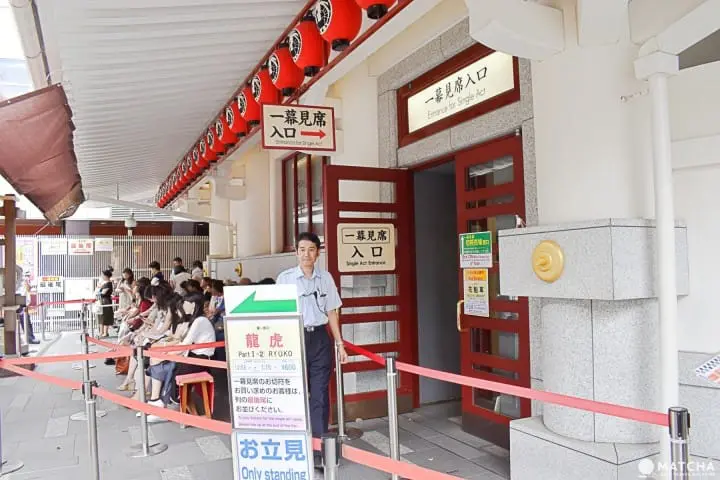
If an act happens to be popular, people will line up before the sale starts.
You will have to wait in line to buy the ticket. If you have any questions, just ask the English speaking guide.
The time for the sales varies each month. Tickets for the first act in the matinee will be on sale from 10:30. Tickets for other acts do not have a fixed schedule.
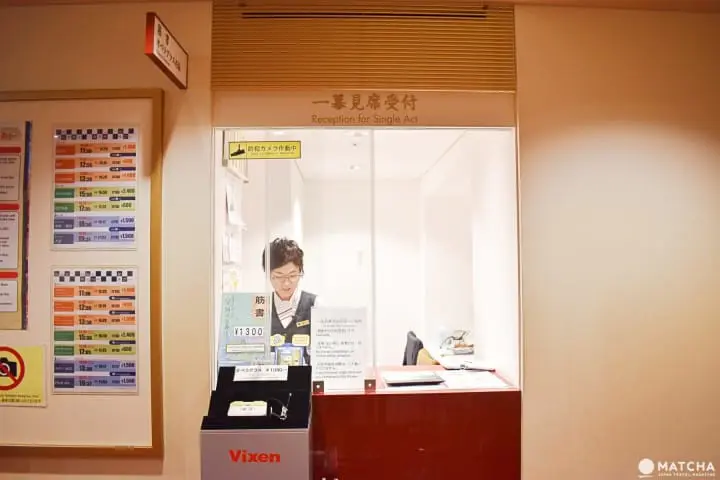
Single Act Box Office
To buy a single act ticket, go through the single act entrance near the main entrance. There is a single act box office on the first floor.
There is room for about 90 sitting, and 60 standing people, totaling in 150 single act tickets. Most tickets can be bought by waiting in line, but tickets for popular acts may be sold out in a short while. In the case of popular acts, people will start lining up in the morning hours, even though the sale starts in the afternoon.
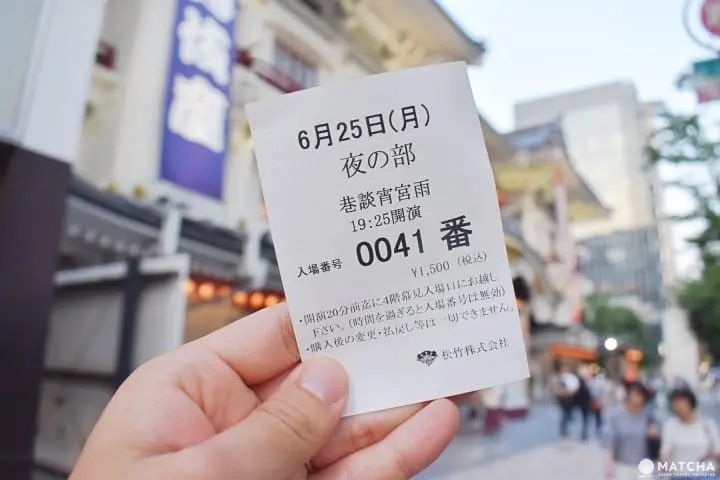
Single act ticket
People with single act tickets will be told to gather on the fourth floor at a certain time. The number on the ticket is not a seat number, but an individualized number, showing where to stand in line. Be sure to use the elevator near the single act box office, which goes directly to the fourth floor.
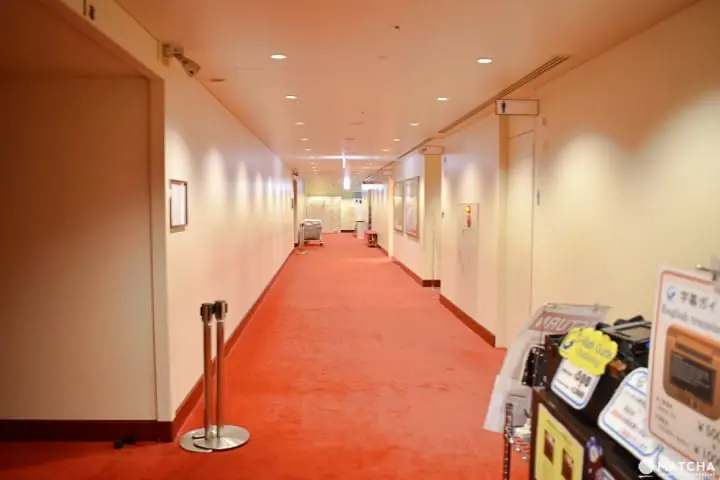
People will be asked to wait in line according to their ticket numbers at this fourth-floor lobby.

The stage view from the single act seats. Picture courtesy of Kabukiza
As the single act seats are on the fourth floor, you might want to bring an opera-glass, which is also sold at the theater.
To check the sales and prices of single act tickets, go to KABUKI. Click the small Single Act Ticket icon of each performance, located under the Book Ticket icon.
Advance Tickets

The seat view from the stage. Picture courtesy of Kabukiza
Advance tickets can be reserved directly at KABUKI. Ticket sales for next month's programs will start on the twelfth of each month. Popular programs with famous actors tend to sell out quickly, so don't forget to check in advance. Also, when making reservations, be sure to check the seat availability.
The ticket types are as follows:
| Ticket Type | Location | Price |
| Box Seats | Both sides of the first floor. | 20,000 yen |
| First Class Seats | Row 1-16 (First Floor) and Row 1-7 (Second Floor) | 18,000 yen |
| Second Class Seats | Row 17 - 22 (First Floor) and Row 8 - 9 (Second Floor) | 14,000 yen |
| Upper Tier A | Row 1 - 6 (Third Floor) | 6,000 yen |
| Upper Tier B | Row 7 - 10 (Third Floor) | 4,000 yen |
The most expensive box seat costs 20,000 yen, five times the low-priced upper tier B seat, which costs 4,000 yen. So what's the difference?
A first-floor box seat is the most extravagant. Twenty suites (forty seats) are set on both sides of the first floor, with an exclusive door for each suite. Tea is served at the suite, and reservations for lunchbox deliveries can also be made for an extra charge. Box seats are slightly elevated compared to the other first floor seats, so there is nothing to obstruct the view.
First class seats are located at the front rows of the first and the second floor. Second class seats are located behind the first class seats.
Upper tier seats (A and B) are all low-priced, thus the first to be sold out. These seats are favored by people called oh-muko (*1), who call out "Naritaya!" and "Kohraiya!" during the performance.
*1 Oh-muko: Fans who shout the yago (stage family name) of the actors when they appear on stage, or at the climax of the act.
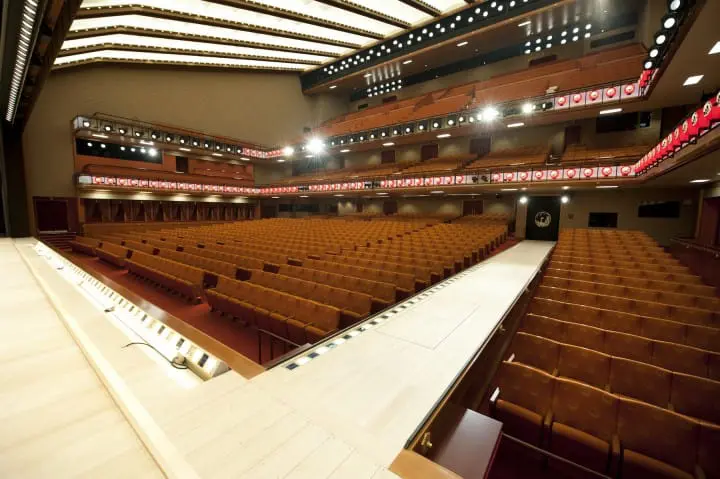
The hanamichi seen from the stage. Picture courtesy of Kabukiza
Please note that the view of the hanamichi (runway) will be obstructed from the second and third-floor seats. The elevated walkway is stretching through the seats from the stage to the rear of the theater. The actors will make their entrance and exit on the hanamichi.
The highlights of the act also often play out on the hanamichi, so those who want to fully enjoy Kabuki should reserve a first-floor seat. It offers an impressive close-up view, along with a strong theatrical atmosphere.

After making the reservations on the Internet, go to the ticket dispenser shown in the photograph above. Here you insert your credit card and receive the ticket. The dispenser is located by the main entrance, and also at the second basement floor, under the escalator leading to Exit 3 of the Higashi Ginza Station.
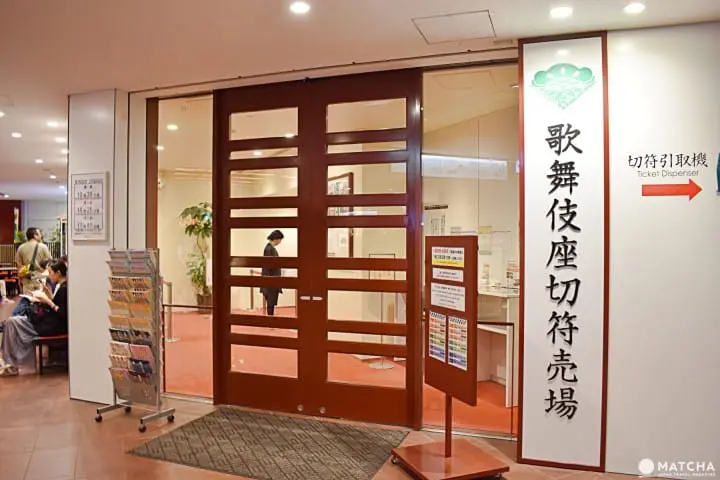
The box office at the second basement floor of the Kabukiza.
Day tickets will only be available if the tickets are not sold out. They can be bought at the box office shown in the photograph above, located at the second basement floor, under the escalator leading to Exit 3 of the Higashi Ginza Station. Day tickets are available for both matinee and evening shows.
4. Inside the Kabukiza - Souvenirs and Snacks
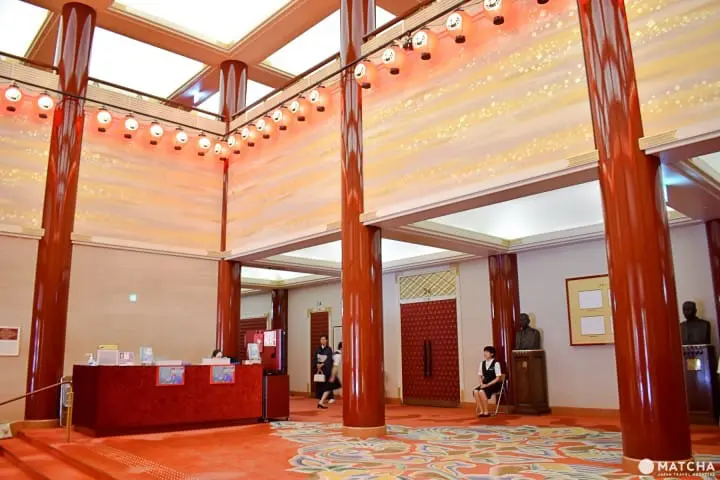
The Kabukiza Lobby
Those who have tickets for the first to third floors can use the main entrance. Single act ticket holders cannot access these three floors. They have to use an elevator to the fourth floor.
Explore the Kabukiza before the program starts or during intermissions. You can find various shops handling souvenirs and snacks as well as a restaurant.

This is mede taiyaki, a popular snack sold on the third floor.
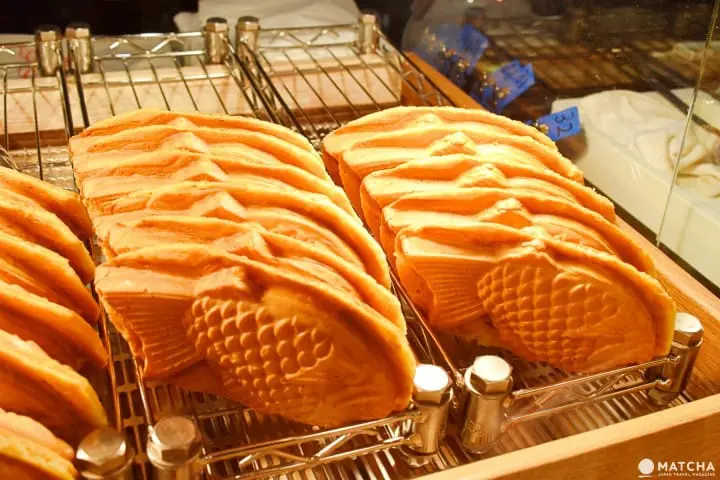
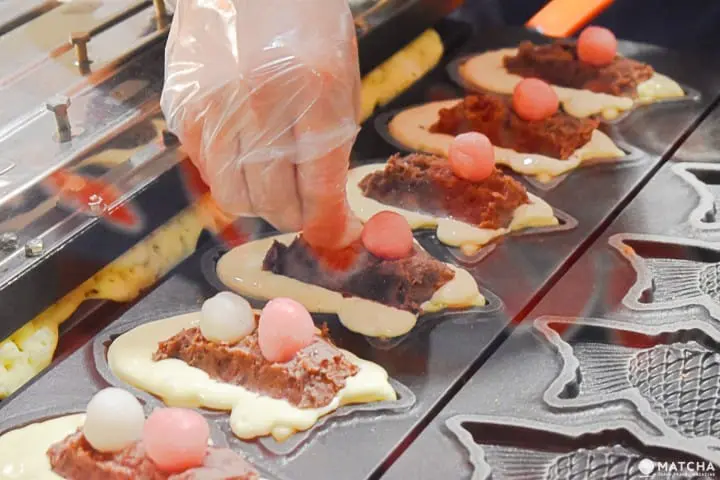
Taiyaki is a fish-shaped pancake filled with bean jam. In this case, it is filled with red and white dumplings as well. The sweet jam goes well with the springy dumplings. This voluminous confectionery makes a perfect snack between two acts of a Kabuki play.

Souvenir shops are lined up on the third floor. It might be fun to try the various samples they have.
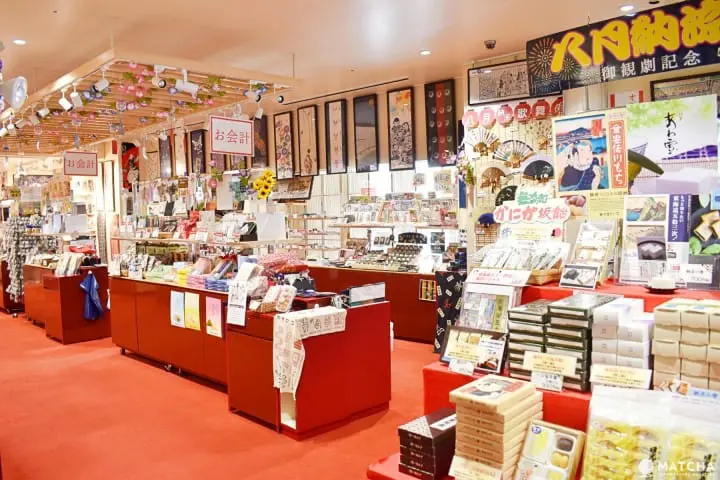
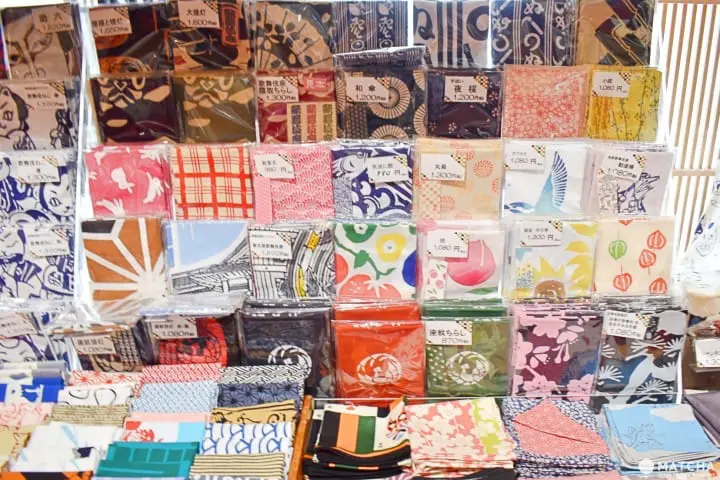
The first floor souvenir shops handles various items related to Kabuki. Ningyoyaki, a doll-shaped cake with sweet bean jam filling, is made inside one of the shops.
Lunchboxes are sold in the lobby. Snacks from outside the venue are also allowed. During intermissions, the audience can even eat at their seats. This custom can be traced back to the Edo Period, when Kabuki was a casual entertainment for the common people who would spend several hours in the theater. The audience would often enjoy meals during the performance.
Nowadays, please make sure to finish your meal before the performance starts.
5. How to Enjoy Kabuki
English Guides
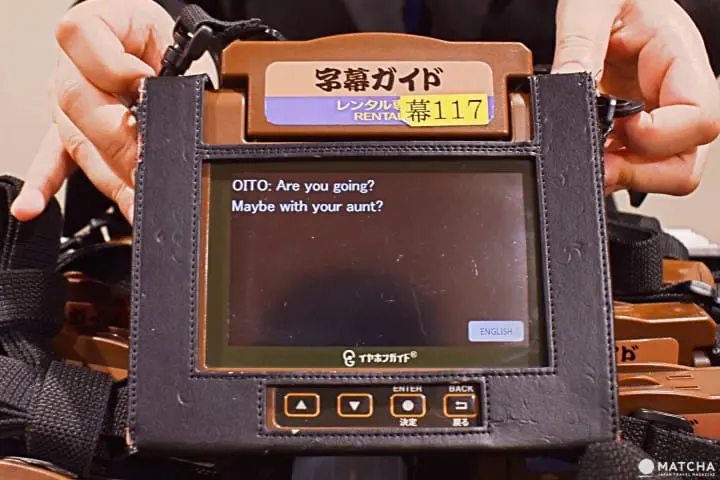
G-Mark Guide
The actors are what makes Kabuki irresistible. Enthusiasts often visit the theater just to see the performance of their favorite actors. Tachiyaku, the lead male protagonist, mesmerizes the audience with his dynamism. The onnagata, male actors who play female roles, enthrall with their beauty and charm.
There is an English synopsis in the pamphlet, describing the story and the important scenes. This should help those who wish to be familiar with the program.
If you want to understand more, try the G-Mark Guide. It will show all the lines in Japanese and English. For single act ticket holders, it costs 1,500 yen, 1,000 yen serve as a deposit and will be returned after use. It might be tiresome to sit for an hour or two listening to a foreign language, so this guide can be helpful.
Famous Kabuki Actors
Kabukiza is the most prestigious theater in regards to Kabuki. The performing actors are talented and popular. We listed some of the most popular actors. You can consider yourself very lucky if you can see them on stage.
Ichikawa Ebizo
A top actor with charisma and popularity. If you have the chance, don't miss his acts. Please be aware that single act tickets sell out very quickly when Ebizo is in the cast.
Bando Tamasaburo
He is considered the best onnagata of all times. He was highly praised by the author Mishima Yukio and is another actor you should not miss. Tamasaburo has been designated as a Living National Treasure (*2).
Kataoka Nizaemon
Although in his seventies, Nizaemon is still regarded as one of the best actors. His tall physique, handsome features, and voice make him a fan favorite. Nizaemon is also a Living National Treasure.
Matsumoto Koshiro
Matsumoto is a popular actor with pleasant features and great acting ability nurtured through appearing in a wide variety of programs. He is also known for other types of performances besides Kabuki.
Ichikawa Ennosuke
An actor filled with vigor, who reinvents Kabuki as an entertainment form. He produced and starred in "Super Kabuki II ONE PIECE," based on the popular manga "One Piece," making it a big hit.
There are many appealing actors, so it is highly recommended to visit the theaters and watch them live. The website KABUKI has a list of actors and their programs.
*2 Living National Treasure: A designation given by the Ministry of Education, Culture, Sports, Science and Technology to a person with a remarkable talent that is considered an important intangible cultural property.
6. Manners when Watching Kabuki
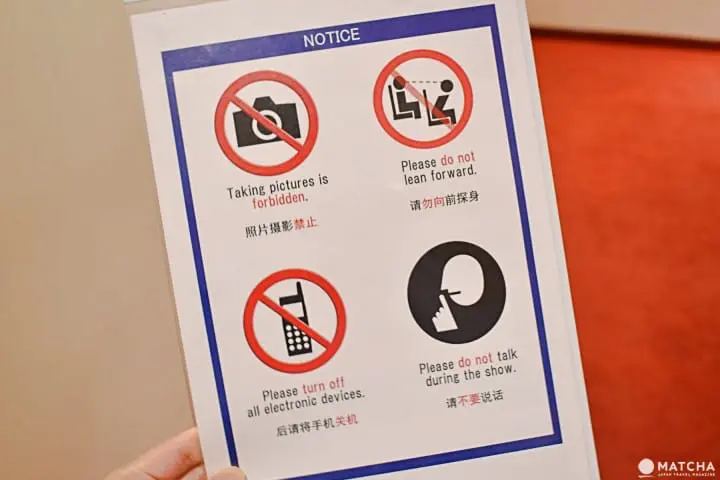
There are no special manners for watching Kabuki. All rules are the same as going to a theater.
It is strictly forbidden to record the performance. Please also refrain from talking as the actors do not use microphones. There are many quiet scenes that could be disturbed.
7. Access
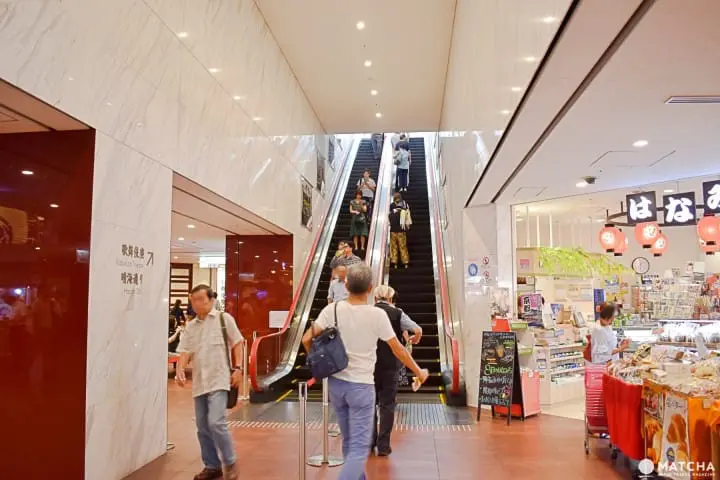
Higashi Ginza Station (Toei Asakusa Line and Tokyo Metro Hibiya Line) is the nearest station, being directly connected to Kabukiza. Exit 3 is the closest to the theater. The escalator shown in the photograph leads to its main entrance.
Kabukiza is a five-minute walk from the A7 Exit if you choose Ginza Station (Tokyo Metro Ginza Line, Marunouchi Line and Hibiya Line).
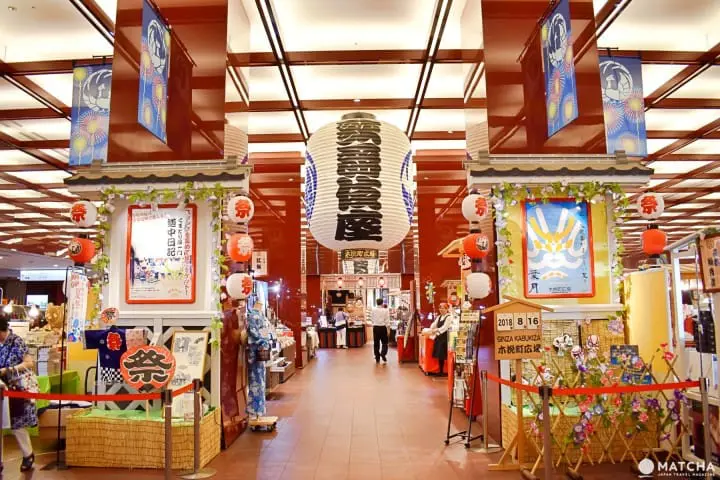
Kobikicho Square, which consists of souvenir shops, is located by the escalator. There are many shops, so visitors can also enjoy shopping at the square without seeing a performance.
Visit the Kabukiza!
Kabuki is a unique Japanese traditional performing art. The Kabukiza Theater offers a chance to casually enjoy the best Kabuki performances, so why not give it a try?
Hotels near Kabukiza
This article was written in cooperation with Kabukiza.
This is the official account of MATCHA's editorial department. Our articles feature useful travel information for visitors to Japan, from how-to guides to recommended places to visit.




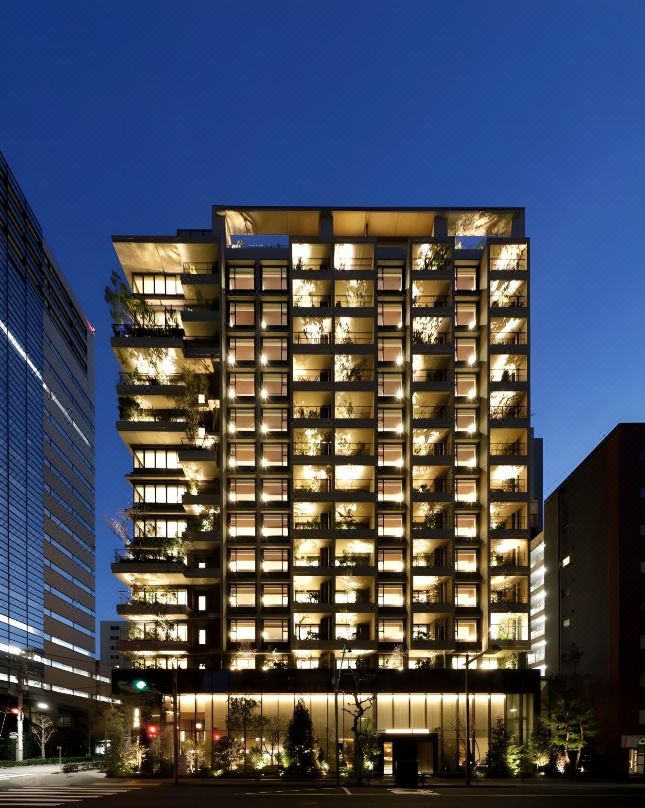

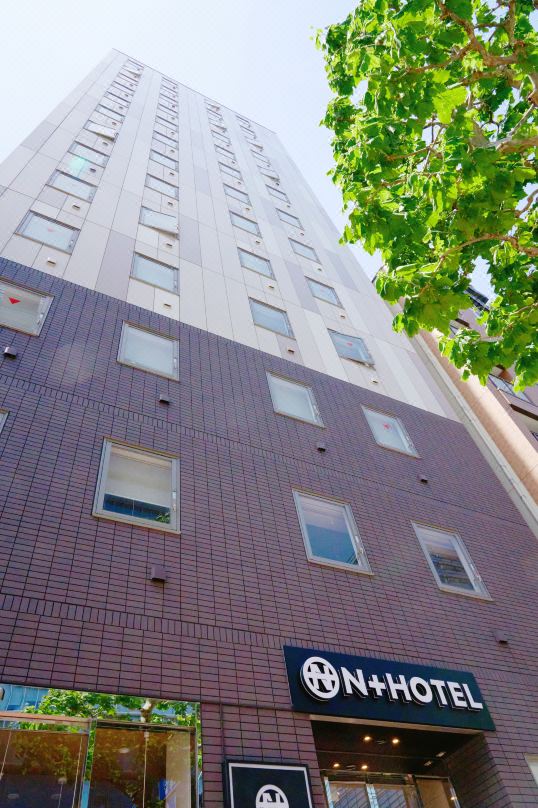
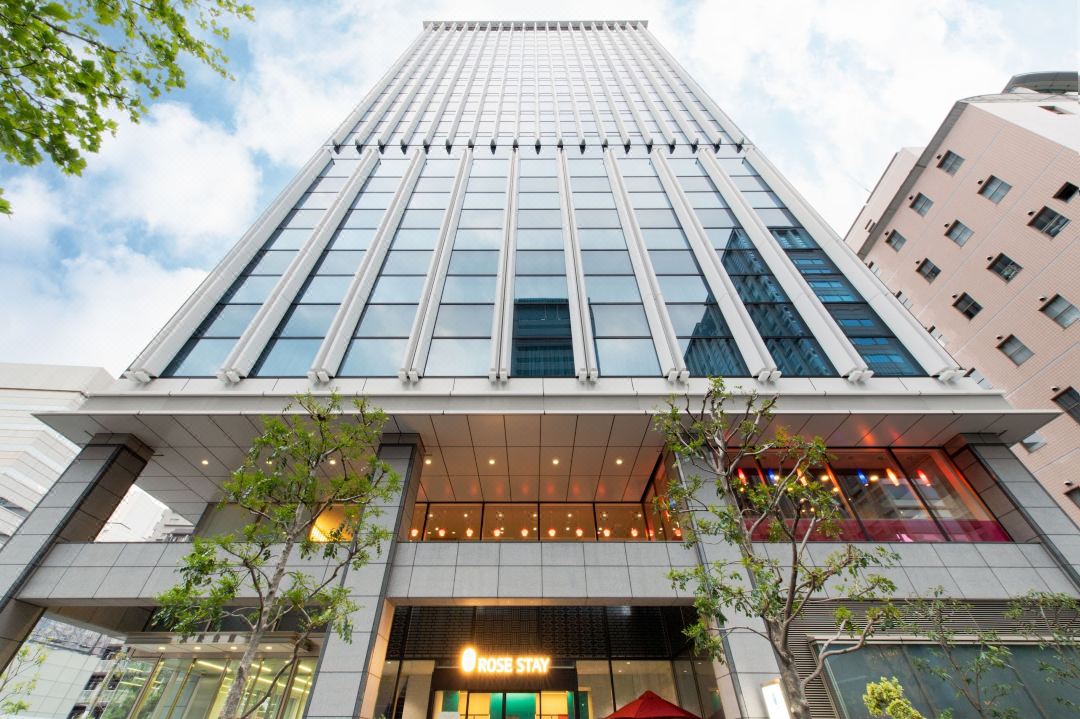







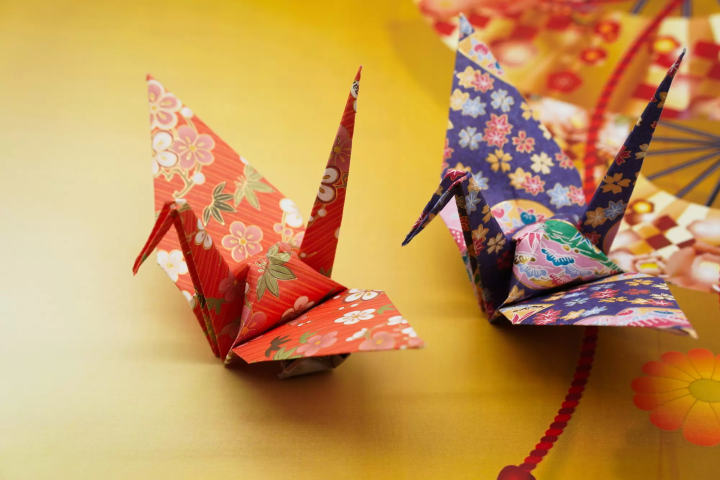































![[Coupon Available] Attention Overseas Winter Sports Fans! Nagano's Sports Depot Has Evolved](https://resources.matcha-jp.com/resize/720x2000/2026/01/05-254819.webp)
![[2 hours from Tokyo ] 10 Quiet and Breathtaking Views of Mount Fuji in Yamanashi Hokuto City , Yamanashi - Part 2](https://resources.matcha-jp.com/resize/720x2000/2025/12/16-253037.webp)